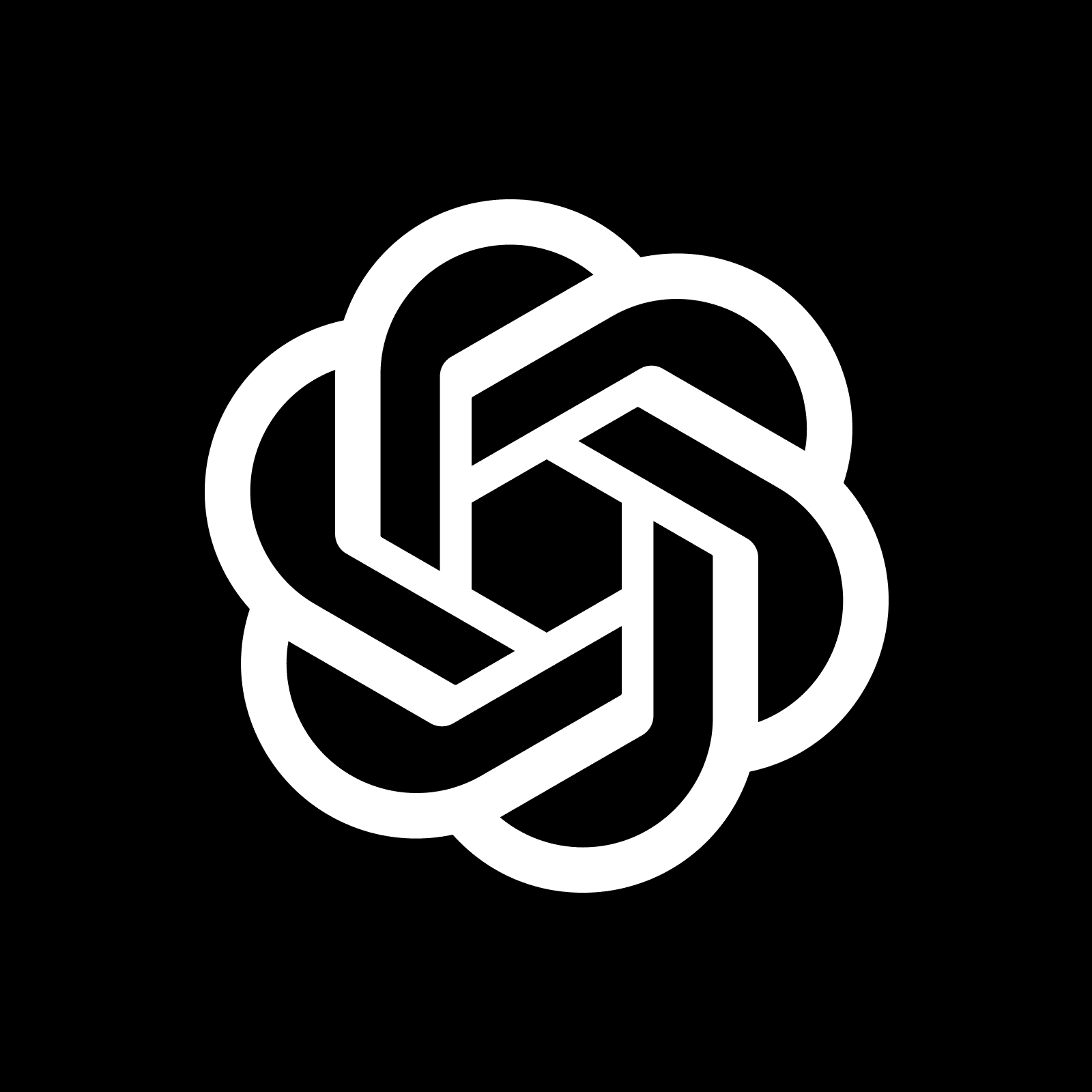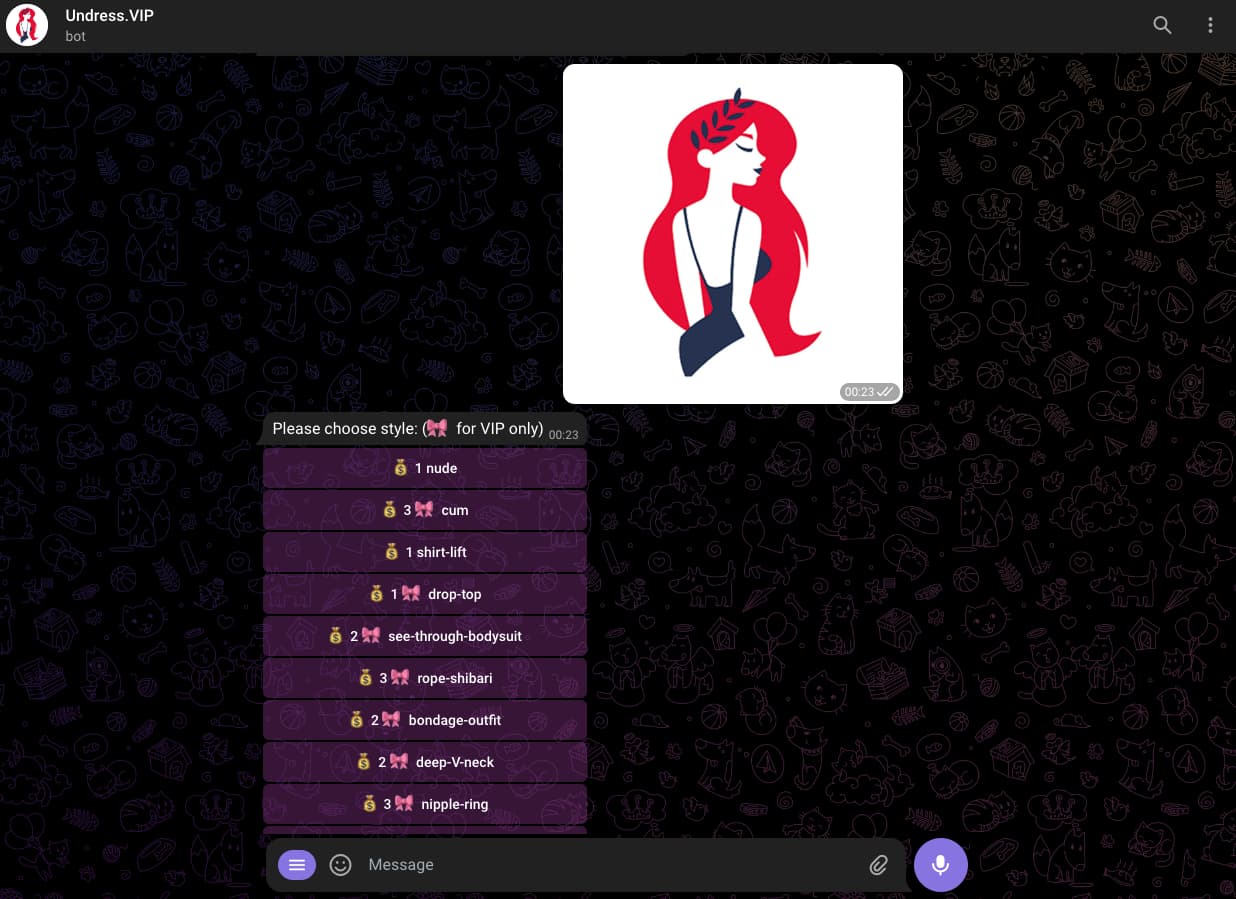Undress Images - A Look At Digital Garment Removal
Have you ever thought about how pictures can change? It's almost as if the digital world offers ways to adjust what we see in a photograph. One fascinating area involves altering what people wear in their pictures, making it seem as though garments have been taken off or swapped for something else. This kind of picture alteration, you know, has become quite simple to do, often with just a few clicks or taps.
There are, as a matter of fact, many digital gadgets that let you do this, whether you want to take off a shirt or put on a different kind of top in a picture. These offerings work by using very clever sets of rules, often learning from many, many images. They are made to spot clothing in pictures and then, more or less, make it disappear or change it. It is, perhaps, a bit like magic for your photos, allowing for some truly surprising visual shifts.
These clever systems can, in some respects, understand how a person's body is shaped, how light falls, and where shadows appear. This helps them make the finished picture look very real, as if the alteration was always there. From trying on new outfits virtually for fashion planning to just seeing how a picture might look with different clothes, these methods are giving people many new uses for their images. You see, there are quite a few of these tools available, each with its own way of getting the job done.
Table of Contents
- What is Digital Garment Alteration?
- Are These Tools for Everyone?
- What Makes These Picture Changes Look Real?
- What are the Different Kinds of Undress Tools?
What is Digital Garment Alteration?
Digital garment alteration is, in a way, just what it sounds like: changing clothes in pictures using computer programs. It means you can, for instance, take a picture you have and either get rid of the clothes someone is wearing or put different clothes on them. This whole idea comes from the ability of computer systems to look at a picture and then, you know, make changes to it. It is, in fact, a simple and quick way to adjust what someone appears to be wearing in a photograph.
One common way this works involves a special kind of garment changer. This gadget lets you, very simply, remove clothing from pictures you have put up, or even swap out one outfit for another. It is, perhaps, a pretty straightforward process. You bring in your picture to a tool, say, like ptool's garment changer, and from there, you can begin to make your adjustments. It is, for many, a quite convenient method for altering images without needing to be an expert in photo editing yourself. The entire process is designed to be user-friendly, making it accessible to nearly anyone who wants to try it. You can, for example, do all of this online, which means you do not need to download anything special to your computer.
The whole point of these systems is to offer a way to change clothes in pictures easily. They are, so to speak, like a digital wardrobe where you can try on different looks or remove garments entirely. This capability is, naturally, quite useful for various purposes, from just having fun with pictures to more serious tasks. The ability to make these kinds of changes quickly and without much fuss is, in fact, a big part of why people find these tools so interesting. It is a modern twist on how we interact with our own visual content, offering a fresh perspective on what is possible with a simple picture.
How does the undress process work?
The process of digital undress, or altering clothes in pictures, usually begins with an online offering. This offering makes use of quite sophisticated cleverness, a type of computer thinking, to change images. It employs profound learning methods, which are really complex sets of rules, including patterns like stable diffusion, to get the job done. These methods are, essentially, taught using many, many pictures, sometimes millions of them, so they can make outcomes that look very real, almost like a photograph.
When you use one of these systems, like an undress maker, it is trained to produce lifelike outcomes. It grasps how a human body is put together, how illumination falls on a person, and where dark areas appear. This knowledge helps it make sure the finished picture is smooth and looks like a natural part of the original image. It is, in some respects, like having a very skilled artist who understands light and form working on your picture, but it is all done by the computer program itself. This deep understanding of visual elements is what allows the transformations to appear so believable.
So, you put up a picture, and the system starts to work. It uses its profound learning methods to look at the picture. The system then, basically, figures out where the clothes are and how to make them disappear or change them. This happens automatically, which means you do not have to draw lines or tell the program exactly what to do. It is, you know, quite a clever way for the system to spot clothing and then create a new version of the image. The goal is always to make the new picture look as if it was always that way, with no signs of alteration, which is a pretty big challenge for any computer system.
Are These Tools for Everyone?
When thinking about these kinds of picture-changing tools, a common question arises: are they for everyone? A handbook for using undress systems responsibly, especially for someone just starting out, is often a good idea. It helps people understand how to use these tools carefully and with thought. The idea is to make sure that while these systems offer many possibilities, they are also used in ways that are generally accepted and respectful. It is, perhaps, a bit like learning to drive a car; you need to know the rules of the road before you go out on your own.
For a novice, or someone new to this, the thought of using such systems might seem a little complex at first. However, many of these offerings are made to be quite simple to operate. The goal is to let people who are not experts in computer graphics still be able to change their pictures. This means the buttons are clear, the steps are easy to follow, and the process is, more or less, guided. So, while the underlying methods are quite advanced, the way you interact with them is kept straightforward, allowing a wider group of people to try them out.
The key here, really, is about using these powerful capabilities with consideration. The systems themselves are just tools, like a camera or a paint brush. How they are used depends on the person holding them. So, while the technology might be available to a broad audience, the emphasis is often on encouraging careful and thoughtful use. It is, in fact, a topic that brings up many discussions about what is appropriate and what is not, especially as these methods become more and more common in our daily lives. You know, it is something we all need to think about.
Can you undress photos for fashion?
Indeed, one of the interesting uses for these simulated garment removal methods is in the world of fashion. This method lets people virtually undress images, which gives a whole lot of uses, especially for fashion planning and simulated trying-on spaces. Imagine, for example, being able to see how a piece of clothing might look on different body shapes without having to actually try it on. It is, basically, a way to experiment with styles and designs in a digital space, which can save a lot of time and effort in the real world.
For fashion planners, this means they can quickly test out new ideas for clothes. They can see how a dress or a shirt might drape on various body structures, how different materials might appear, or even how new patterns would look. It is, in some respects, a very quick way to get a visual idea of a design before it even gets made into a physical garment. This can help them make choices about what to create, which can be a pretty big help in a fast-moving industry. You know, it speeds up the whole design process quite a bit.
Then there are the simulated trying-on spaces. These are, essentially, like digital dressing rooms where people can put up their own pictures and then see themselves in different outfits. This is a very convenient way for shoppers to get a sense of how clothes might fit or look on them before making a purchase. It takes away some of the guesswork that comes with online shopping. So, yes, these systems offer a real benefit for anyone involved in fashion, from the people who design the clothes to those who buy them. It is, truly, a new way to interact with clothing and personal style.
What Makes These Picture Changes Look Real?
The question of what makes these picture changes look so real is, honestly, a very good one. It comes down to how the undress maker, or any similar system, is taught. Our undress maker, for instance, is taught using millions of pictures to make outcomes that look like real photographs. This means it has seen so many different images that it learns what real people look like, how clothes fit,

Undress AI!

Undress App Blog

Undressvip - Best photos on dibujosparaimprimir.net